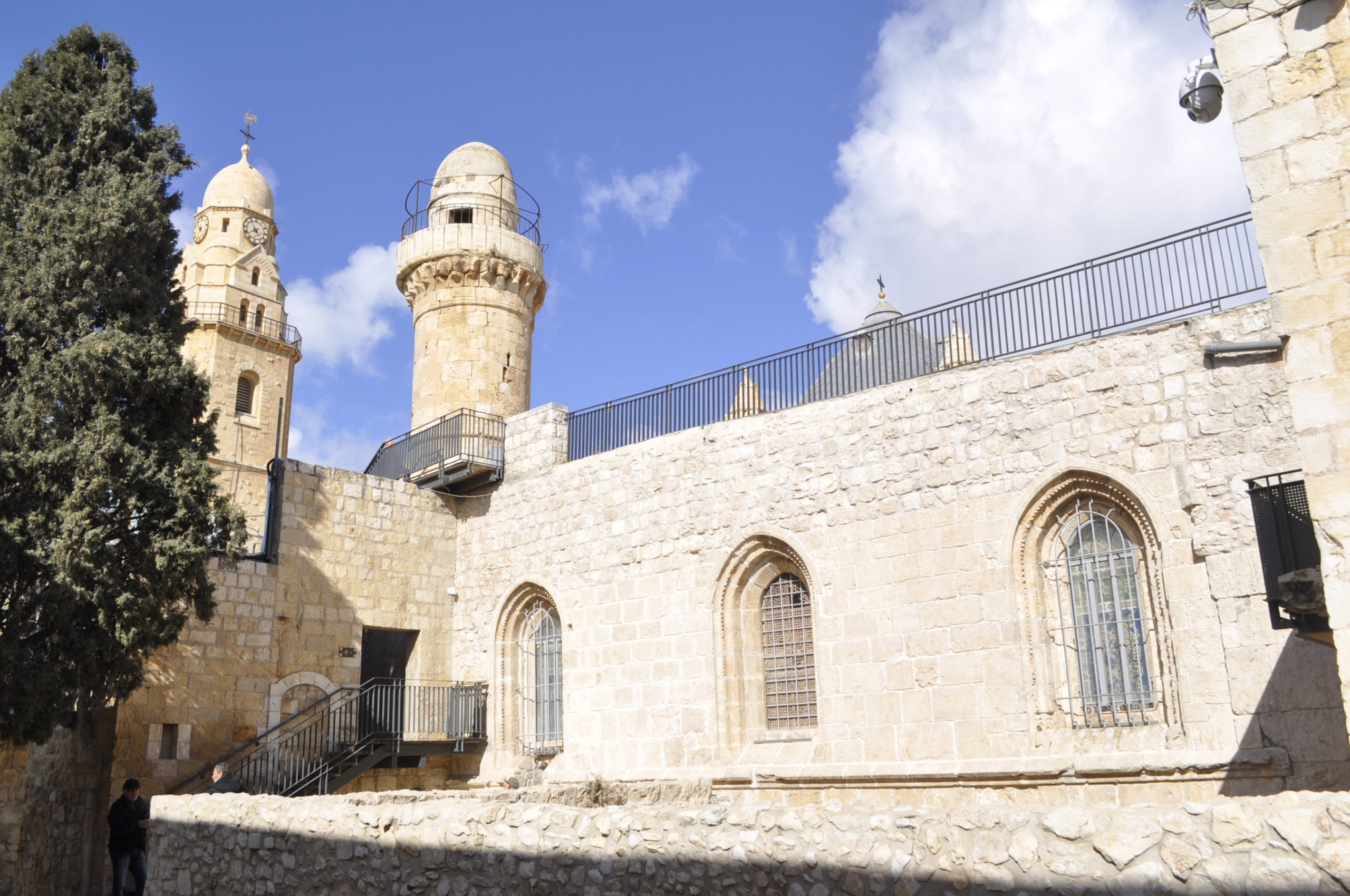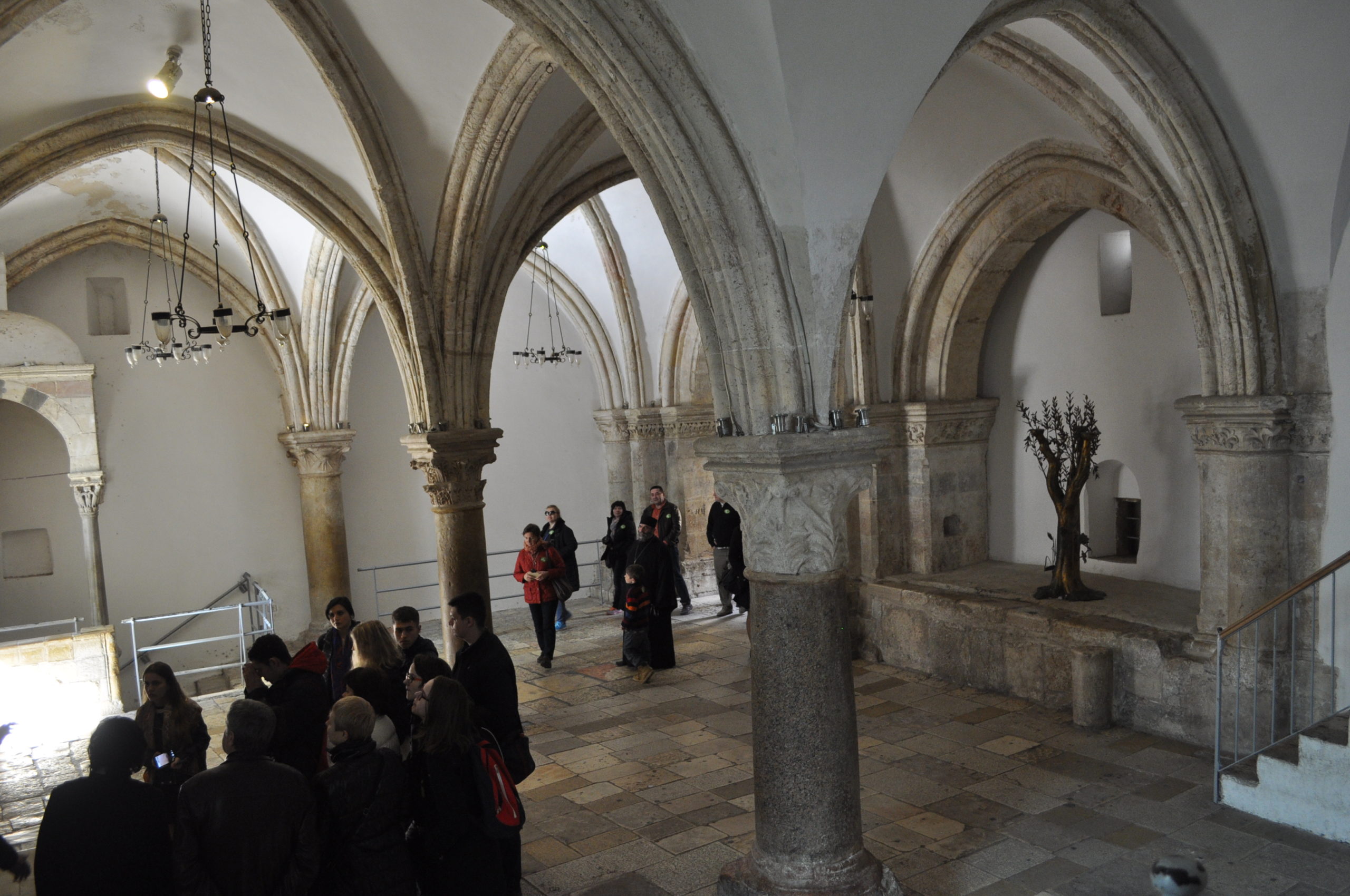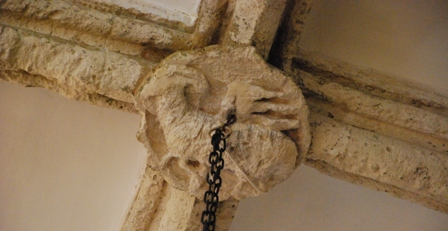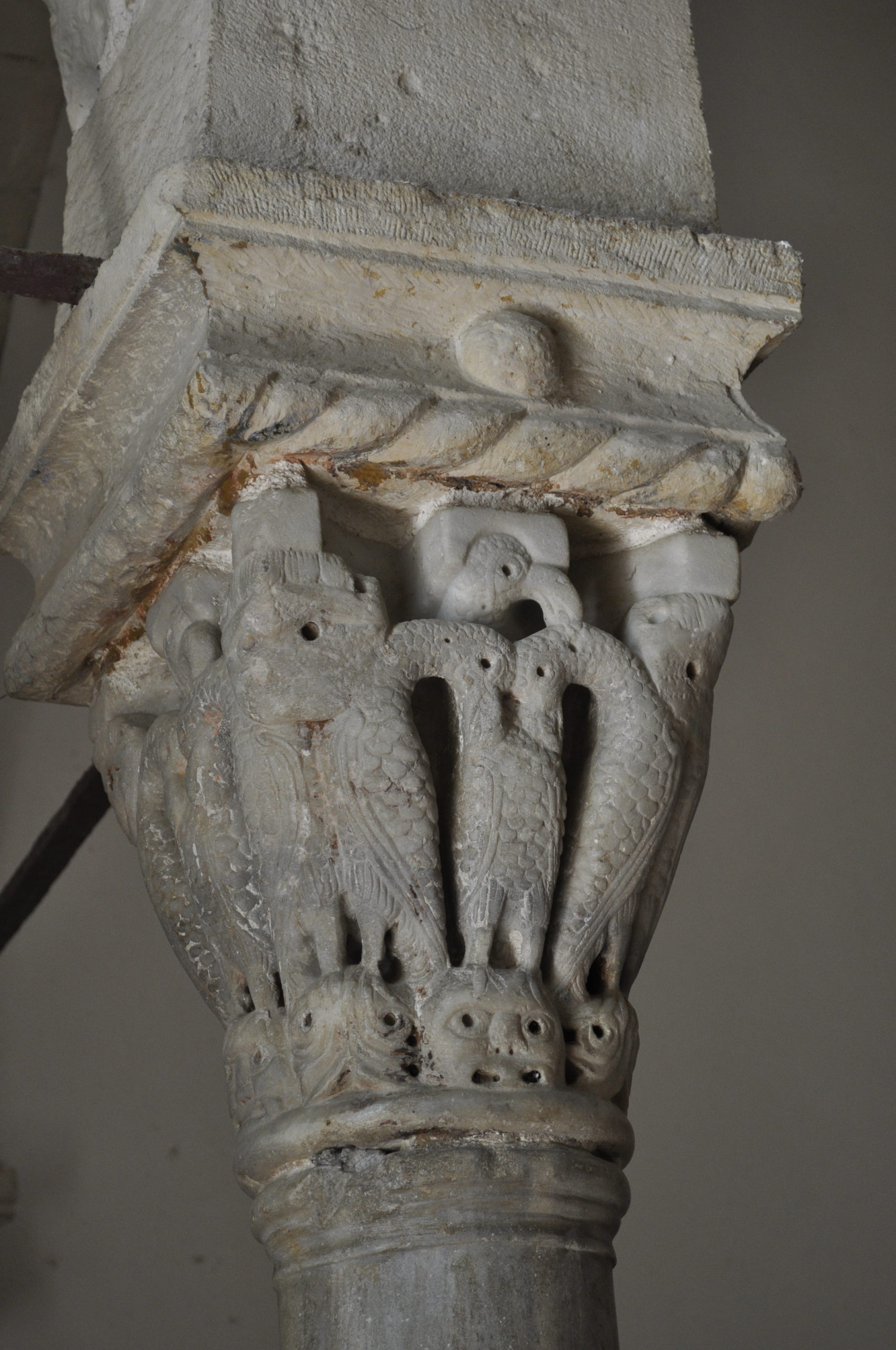“They went out and passed through one street, and suddenly the angel left him.”
Peter had miraculously been freed from the prison in which King Herod (Agrippa I) had thrown him. As if in a dream, Peter and his mysterious companion “passed the first guard, then the second” until they reached “the iron gate leading out to the city, which opened for them by itself” (Acts 12:9-10). It was at this moment that the angel left him. Peter then became aware of what had happened and, without hesitation, “went to the house of Mary, the mother of John who is called Mark” (Acts 12:12). Peter knocked on the door. A servant girl named Rhoda came to answer, but, in her excitement and surprise, instead of opening the door for Peter, ran to announce the good news to the rest of the community. Thus, Peter was left standing in the street, in front of the gate.
There is no doubt about the identity of this John Mark. Before becoming the author of the second Gospel, he had accompanied Paul and Barnabas on the first apostolic journey (Acts 13:5). In Pamphylia, however, overwhelmed by the enormity of the task, he separated from the two apostles and returned to Jerusalem. To his mother’s house? Possibly, and not only because it was his mother’s house, but because it was the meeting place of the early Church since Jesus, before His Passion, had chosen it to celebrate His Last Supper with His disciples.
We assume here a continuity of place. The Upper Room where Jesus washed the feet of His disciples and instituted the Eucharist is the same place where the risen Christ appeared to His disciples. After the Ascension, the Eleven “went up to the upper room” (Acts 1:13). There, the Holy Spirit descended in the form of tongues of fire on the day of Pentecost. From there, for the first time, the disciples openly proclaimed in various languages that Jesus is the Lord. There, the Church gathered to resolve a series of questions concerning the conversion of the Gentiles.
Ultimately, the Upper Room, the upper room of the house of the mother of Mark, became the first church of Christianity. Before the construction of the Holy Sepulcher by Constantine in the 330s, that church, which Christians called Mater omnium Ecclesiarum (“Mother of all Churches”), served as the seat of the Bishop of Jerusalem.


Although Acts does not provide us with a precise location of the Upper Room, Christian traditions unanimously places it on Mount Zion. The site suffered much throughout history and the place pilgrims can now visit is what remains of the destruction of the great Crusader church of Saint Mary of Mount Zion (12th century) by a sultan who wanted to use its stones to rebuild the walls of Jerusalem. It is a high chapel with two columns in the middle, a very common layout in medieval monastic refectories.
Some eucharistic symbols survived the conversion of the Chapel of the Last Supper into a mosque by the Turks in the 16th century:
– A vine carved in the frieze to the right of the entrance door.
– The round-shaped keystone which features a lamb carrying the vexillum (the banner of the resurrection).
– A marble capital on which four pelicans have been carved.
This last iconographic theme refers to an ancient legend according to which the mother pelican sacrificed herself for her chicks, giving them her flesh to eat and her blood to drink. The theme was taken up by Saint Thomas Aquinas in the Eucharistic hymn Adoro te devote in the 1260s. It is interesting to see that in the Frankish kingdom of Jerusalem, almost a century earlier, this figure of the pelican as a Eucharistic symbol was already popular.
Por Henri Gourinard


